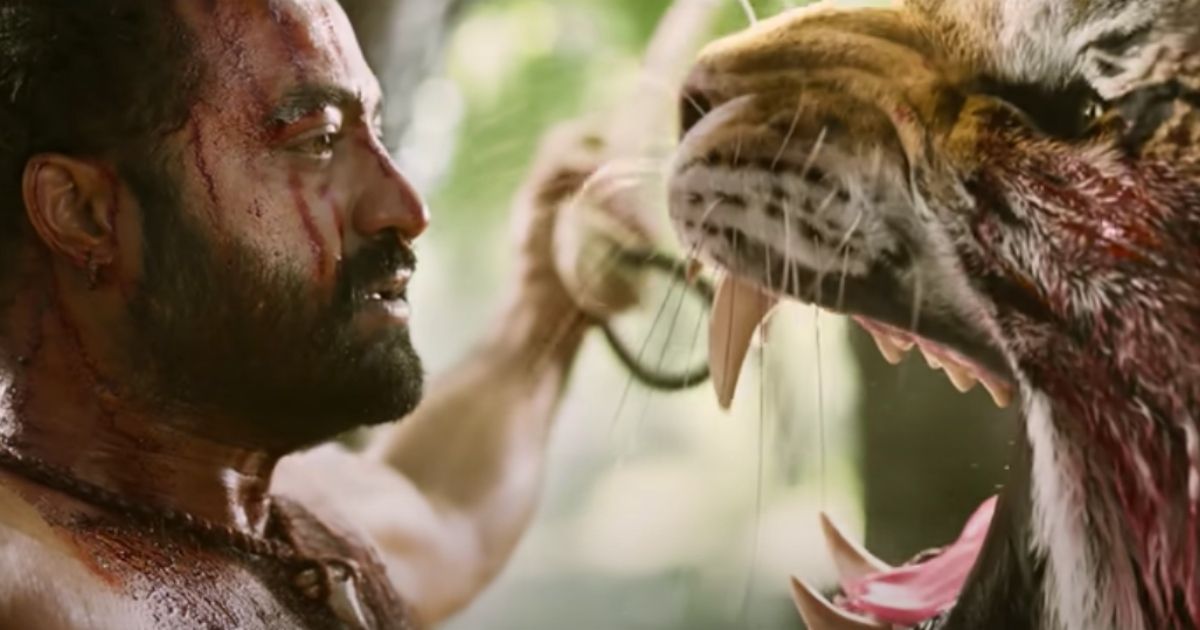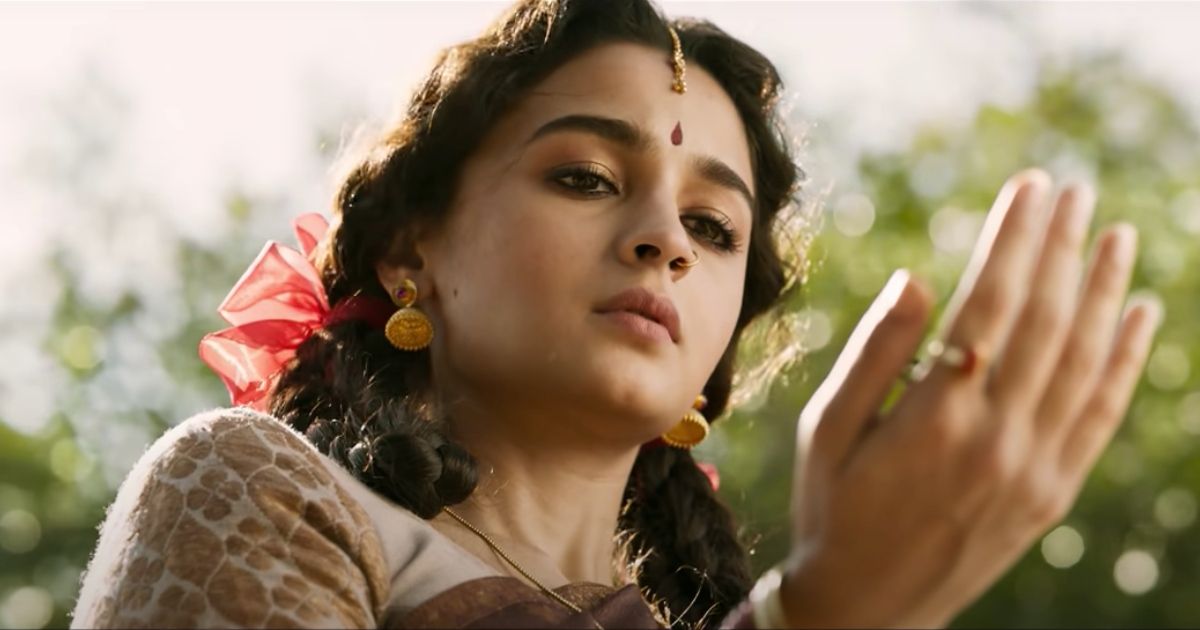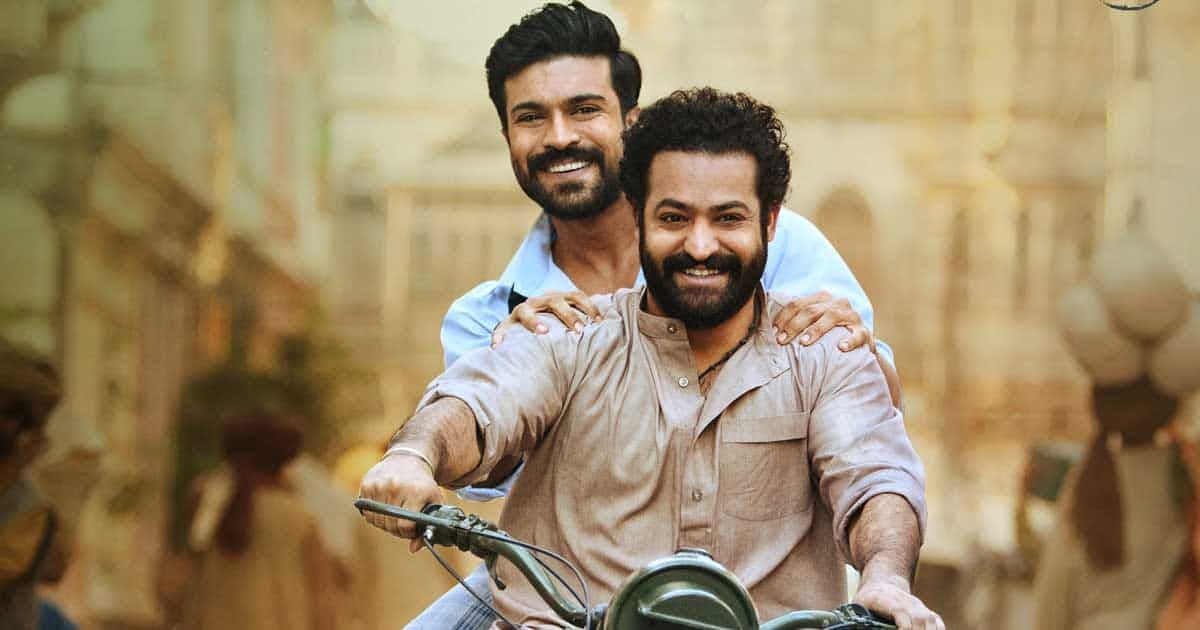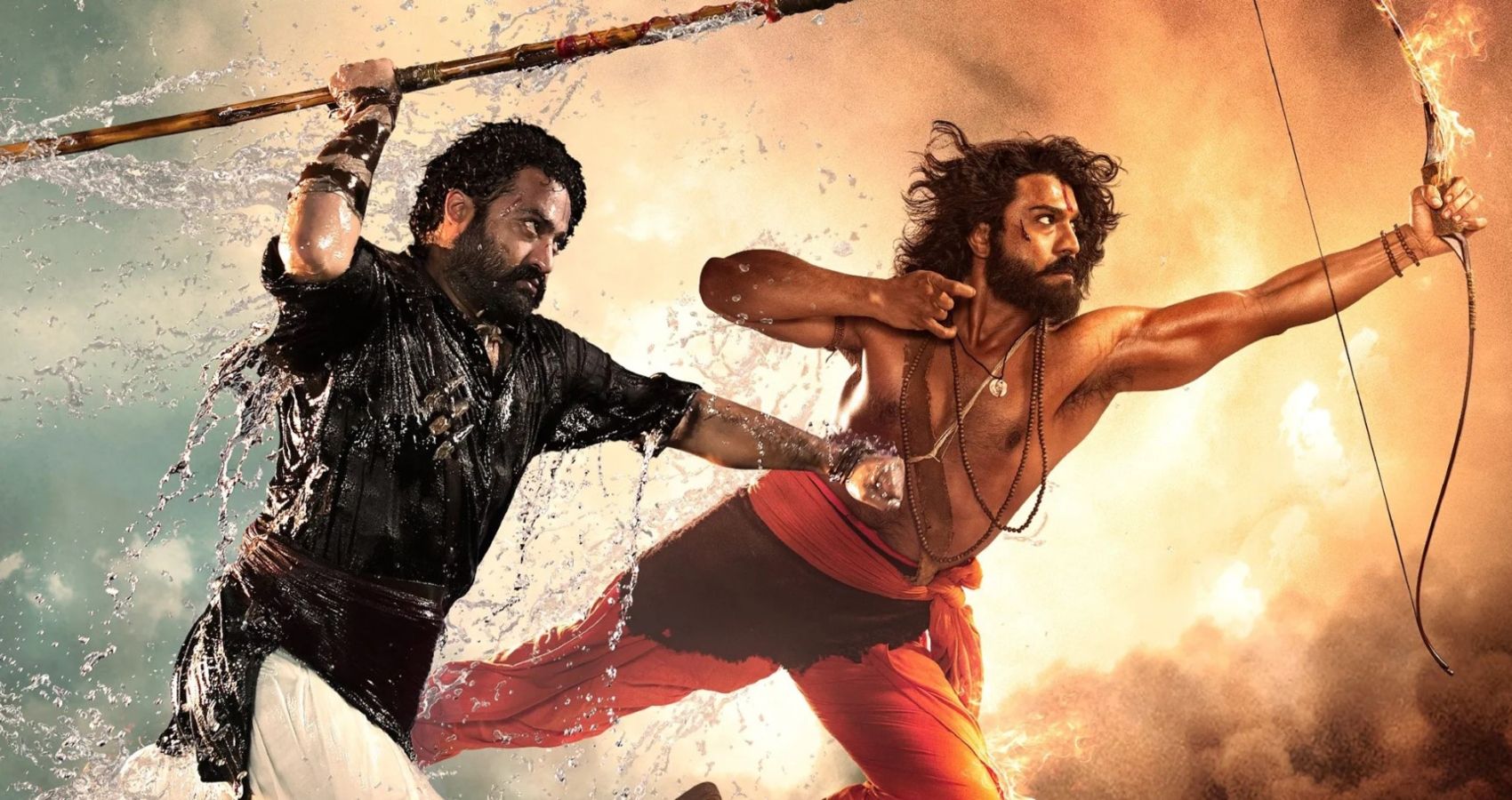Spoiler Warning: RRR
One of the surprise hits of the year is Rise Roar Revolt (better known as RRR), a revolutionary-era blockbuster from India. The film is the latest from big-name director S. S. Rajamouli, whose previous movies Baahubali: The Beginning (2015) and Baahubali 2: The Conclusion (2017) are both among the top 5 highest-grossing films in Indian history.
It’s not a surprise, then, that RRR was highly anticipated — but what did come as a surprise was the massive global impact the movie had. After its release on Netflix in March, it quickly became the streaming platform’s most-watched non-English language film of all time. The critical response has been phenomenal as well: at the Hollywood Critics Association’s Midseason Awards, RRR was named runner-up for Best Picture, second only to the critically beloved Everything Everywhere All At Once. All indications point to the Indian film being a strong contender for Best International Film at next year’s Academy Awards as well.
Why is RRR resonating so strongly with viewers? Well, the plot and action are explosive, and the movie is made with a passion and with a sense of style that are simply contagious. This, combined with an impressive thematic depth, all adds up to a jaw-dropping movie that puts most Hollywood blockbusters utterly to shame.
It’s worth noting that, like many Hollywood blockbusters, RRR is imbued with a troubling ideology: ethnic Hindu nationalism and gender inequality abound. With this said, though, for a foreign audience (who more than likely won’t pick up on this), the rest of the movie has a refreshing thematic and symbolic depth. One of the most prominent aspects of this is how it uses animal imagery to structure its story.
RRR's Story Revolves Around the Metaphor of Hunting
RRR is a brilliantly executed story about British colonialism in India. One of the major ways that the film reflects the hierarchical relationship between the two nations is with the metaphor of hunting. In the film’s opening scene, the British colonial governor (Ray Stevenson) goes on a hunting trip in the jungle. On his way back, he and his entourage stop at a small village, where his wife (Alison Doody) is smitten by the beautiful singing voice of Malli (Twinkle Sharma), an Indian child.
As the governor plops his hunting prize (a large deer) on the ground in triumph, his wife remarks that they should bring “it” home as a mantelpiece — but she is referring to Malli, not the deer. The British soldiers kidnap the girl in broad daylight and bring her back to the governor’s palace, and the rest of the film follows the attempts of several men from the village to rescue her.
The equating of the dead deer and Malli as trophies for the white British governor’s collection perfectly sets up the metaphor of hunting that structures the movie. Throughout the rest of the film, this metaphor surfaces in several different ways. For example, the first time we see Bheem (N. T. Rama Rao Jr.), one of the male villagers, he is hunting and capturing a wild tiger in the jungle. Later, when he travels to Delhi to rescue Malli, he becomes wanted by the police. In the city, there are several scenes of him and his friends being chased by the police, and the lyrics of several musical numbers explicitly describe him as “a tiger” being hunted. Finally, the climactic fight scene at the end of the movie takes place in the jungle, where one character fights with a bow and arrow as if he were hunting wild animals.
Indians Are Treated “Like Animals”
In the hunting metaphor, the British are the hunters, and the Indians are the hunted. By implication, then, Indians are in the position of the animal in this relationship. Indeed, the British characters are constantly comparing Indians to animals in the film’s dialogue, both to reinforce the hunter/hunted metaphor and to emphasize how cruel and demeaning the British are.
While interrogating some citizens of Delhi, one British officer says that “the monkeys” won’t say anything to him. When searching for Bheem and his friends, another says that they need to “flush the rats out of their holes.” Later, the governor refers to the villagers as “jungle rats.” Elsewhere, the sole good white person in the movie, love interest Jenny (Olivia Morris), berates a British officer for being rude to Bheem. She yells at the officer, saying he has no right to treat Bheem “like an animal.” All these animal comparisons reinforce the hunter/animal metaphor and the cruelty of the British, but on an even deeper level, they set up the film’s most brilliant thematic moves.
Bheem and Rama Reclaim the Animal Metaphors
Through the dialogue, the British characters try to demean Indians by referring to them as animals. The film itself, however, uses animal imagery to reclaim these comparisons and embrace virile, animalistic power. Throughout the movie, Indian characters are associated with nature in several ways. First of all, Malli, Bheem, and the others are from a tiny village in the forest. But while the British characters interpret this as meaning that they are primitive “tribals,” the movie itself argues that this gives them power.
When Bheem’s friend Raju (Ram Charan) gets bitten by a venomous snake, only the so-called “tribals” can save him — they have an antidote, and the British doctors don’t. Around the mid-point of the movie, Bheem stages an attack on the palace to save Malli, and he does so by releasing captured bears, tigers, deer, and snakes into the courtyard.
While the Indian characters are generally associated with animals, the two major characters are connected to more specific imagery. As mentioned earlier, Bheem’s first major scene shows him fighting a tiger with his bare hands, and throughout several of the musical numbers, he is referred to in the lyrics as a “tiger.” He is an extremely, almost cartoonishly, strong and muscular man, while many of the British officers are overweight and useless (one can’t even start his own motorcycle and needs Bheem to help him). But he’s not just strong; he’s strong “like a tiger.” His closeness to nature is what gives him strength. His personal weapon is a string of tiger claws that he grasps between his fingers like Marvel’s Wolverine.
The other major character is Raju, Bheem’s friend, and an undercover agent inside the British army. In several major moments of the movie, including the rescue of the boy who fell into the river, Raju can be seen riding a horse. Raju is shown riding horses so often, in fact, that astute viewers will be able to predict far ahead of time that his association with animal imagery (like the other Indian rebels) means he will switch sides and fight against the British. His connection to nature shows which side he’s on.
In this way, the movie reclaims the “animal” metaphors as a source of pride. Bheem is as strong as a tiger and could hold his own in a fight with a dozen British soldiers. Through this, through Raju’s association with animals, and through the hunter/hunted metaphor that structures the movie, RRR’s use of animal imagery reflects the plot of the movie as a whole.




